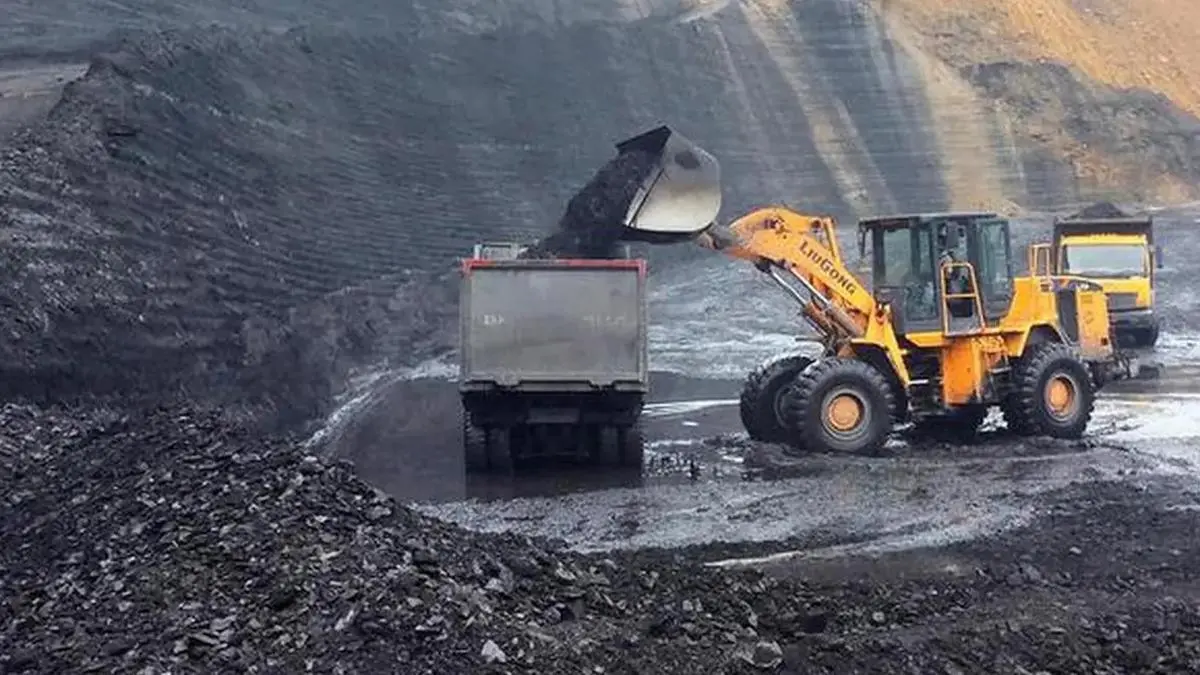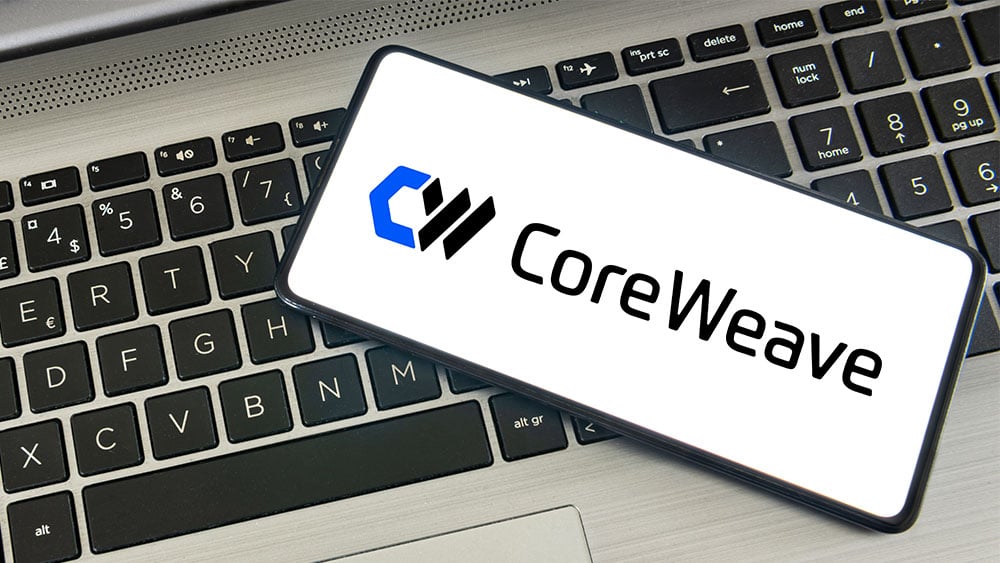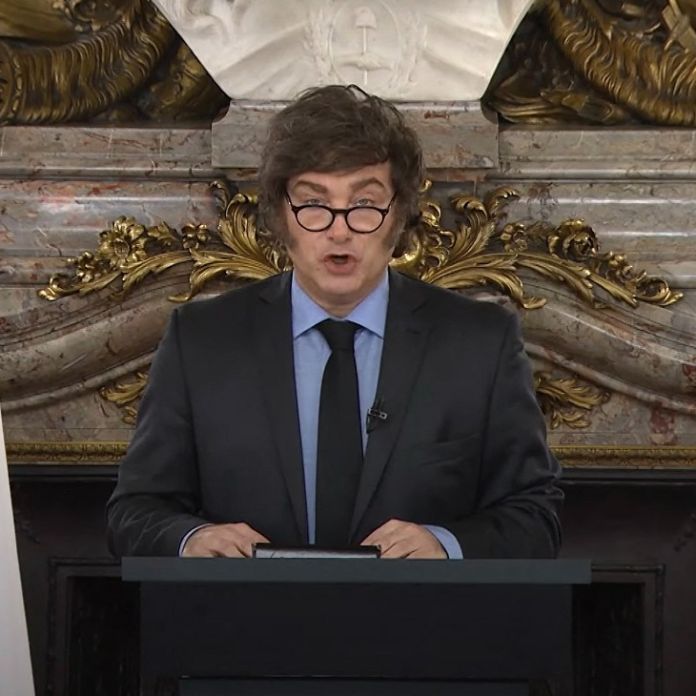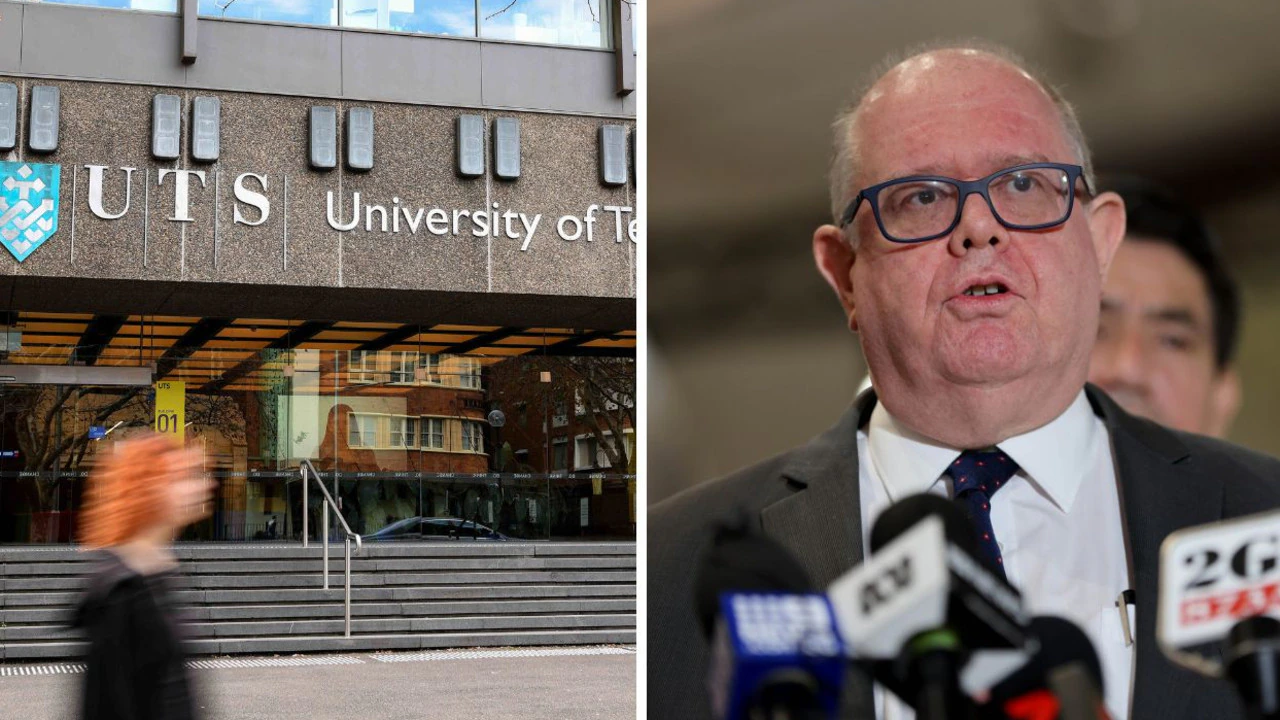By Abhishek Law
Copyright thehindubusinessline

India is considering overhauling the way iron ore mining rights are auctioned, proposing a cap of 50 per cent on premiums and awarding blocks based on the highest upfront payment. The plan, discussed in a September consultation meeting, was convened by one of the line ministries. An advisory committee had been formed in August to take up the issue of increasing iron ore production in India and reduce prices while steelmakers were asked to tap into the export markets.
The September meeting saw some diverging opinions emerging, sources told businessline.
It was proposed, apart from examining the feasibility of fixing premium cap; there was emphasis on upfront payment as the primary bidding parameter; payments (premium) need to be made in 3-5 annual instalments irrespective of mining status.
Iron ore mining auction premiums have been hovering around the 110-120 per cent range, and in some cases, going up to as high as 200 per cent.
Current Auction & High Premiums
Supporters of the premium cap argued the current auction system, introduced in 2015, has become too costly. Competitive bidding has often driven premiums above 100 per cent of the notified price.
While lucrative for producing States, such high premiums strain margins of integrated steelmakers and merchant miners.
A 50 per cent cap, they argue, would ease this burden and create a more level playing field.
Fiscal Stakes and Market Risks
businessline spoke to multiple people present in the September meeting. Sources said minutes of the meeting is still being prepared.
But it was also discussed, this approach of capping premium, will impact revenues across mineral bearing States like Odisha. The eastern State produces over half of India’s iron ore, around 55 per cent, earning roughly ₹45,000 crore annually from premiums. A cap would curb this revenue potential, reducing State capacity to invest in healthcare, education and infrastructure.
The proposed upfront-payment model also raises concerns.
Larger corporations with deeper pockets could dominate auctions, crowding out MSMEs and concentrating supply in fewer hands. Smaller players, who have benefited from open competition, may find themselves excluded, another source present in the meeting said.
There is also the risk of production disruption. Companies holding old leases at triple-digit premiums may walk away if rivals obtain cheaper terms, sparking litigation and destabilising revenues.
A System That Worked
The existing auction regime has so far been a reform success. Over 550 blocks have been allocated. The transparency and alignment with constitutional principles of equitable resource distribution have won broad acceptance. Still, challenges remain. Some blocks remain idle, production growth has lagged, and permitting, especially for virgin mines has been slow.
A metal-market participant requesting anonymity said, “Even steep auction premiums remain viable when domestic iron ore prices are structurally cheaper than global benchmarks”. Export duties of up to 30 per cent keep iron ore at home and prices lower. Plants near mining hubs such as Odisha and Chhattisgarh reduce transport costs compared with imports. “These cushions mean steel-makers can absorb high premiums while remaining globally competitive,” the person said.
Rather than dismantling the auction framework, suggestions included auction of more greenfield blocks, re-auctioning idle mines where operation is delayed, accelerate exploration to turn resources into reserves, hike surrender costs to deter speculative bidding, and streamline permitting to bring mines into production faster.
More Like This
Published on September 17, 2025



